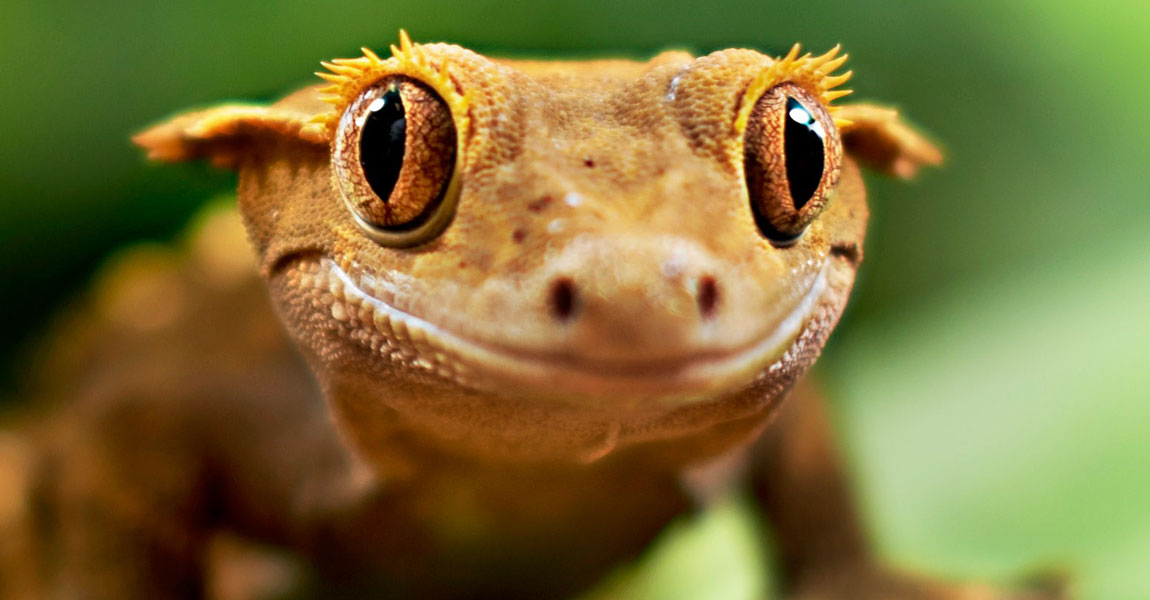Introduction:
Creating a suitable and comfortable enclosure is crucial for the well-being and happiness of your crested gecko. A well-designed habitat not only provides a safe and secure environment but also caters to their natural behaviors and specific needs. In this article, we will guide you through the key elements to consider when designing the perfect enclosure for your crested gecko.
Enclosure Size and Type:
Crested geckos are arboreal reptiles, meaning they spend most of their time in trees and require vertical space for climbing. The enclosure size should be appropriate for their activity and growth. For a single adult crested gecko, a minimum size of 18x18x24 inches (45 x 45 x 60 cm) is recommended. Larger enclosures provide more room for exploration and exercise.
Ventilation and Security:
Ensure proper ventilation within the enclosure to maintain fresh air circulation. A screen or mesh top is ideal for allowing airflow while preventing escape. Make sure the enclosure is secure, without any gaps or loose fittings that could lead to potential escapes or injuries.
Substrate Selection:
Choosing the right substrate is essential for maintaining a healthy and clean environment. Opt for substrates that are safe, absorbent, and easy to clean. Coco fiber, reptile-safe mulch, or paper towels are suitable options for crested geckos. Avoid substrates that could cause impaction or pose a health risk, such as loose sand or gravel.
Climbing Structures and Branches:
Crested geckos are excellent climbers and require ample opportunities for vertical movement. Provide sturdy branches, vines, and climbing structures to mimic their natural habitat. Ensure the branches are of appropriate size and securely positioned, allowing your gecko to explore, perch, and exercise their natural behaviors.
Hiding Spots and Foliage:
Create a sense of security and privacy for your crested gecko by incorporating hiding spots within the enclosure. Use live or artificial plants to provide visual barriers and hiding places. Dense foliage not only enhances the aesthetic appeal of the enclosure but also offers a sense of security for your gecko.
Temperature and Humidity:
Maintaining proper temperature and humidity levels is crucial for the health of your crested gecko. The temperature should range between 72 to 78°F (22 to 26°C), which can be achieved in most room temperatures. Provide a temperature gradient within the enclosure, allowing your gecko to choose the preferred microclimate. Humidity levels of 60-80% are ideal, which can be achieved through regular misting or by using a reptile fogger.
Lighting:
Crested geckos do not require UVB lighting as they are primarily nocturnal. However, providing low-level ambient lighting during the day helps maintain a regular day-night cycle. Avoid placing the enclosure in direct sunlight or near any heat sources that could cause overheating.
Feeding and Water Stations:
Place shallow dishes or bowls for both food and water. Use easily cleanable dishes that are securely positioned to prevent tipping. Ensure fresh water is available at all times and clean the dishes regularly to maintain hygiene.
Regular Maintenance and Cleaning:
Maintaining a clean enclosure is vital for your crested gecko's health. Regularly remove any waste, uneaten food, and shed skin. Clean the enclosure with a reptile-safe disinfectant, ensuring that no harmful residues are left behind.
Conclusion:
Designing the perfect enclosure for your crested gecko requires careful consideration of their natural behaviors and specific needs. By providing adequate space, climbing structures, hiding spots, suitable substrates, appropriate temperature and humidity levels, and a well-maintained environment, you create a comfortable and stimulating habitat for your crested gecko to thrive and enjoy a happy and healthy life in your care.





